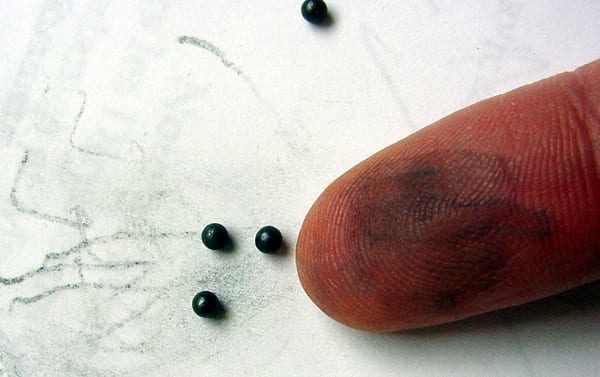BALTIMORE, MD—The number of Maryland children with elevated levels of lead in their blood last year decreased by nearly 14 percent, according to the 2018 Childhood Blood Lead Surveillance report, released Wednesday by the Maryland Department of the Environment.
The number of children six and under with the state law-defined elevated level of blood lead of between 5 and 9 micrograms per deciliter fell from 1,661 in 2017 to 1,435 in 2018. The number of children in the same age group who had levels of 10 or more micrograms per deciliter was basically unchanged from 388 in 2017 to 390 in 2018.
Another of the year’s highlights was a new state law effective October 1, 2019, that will assist the Department of the Environment’s Lead Poisoning Prevention Program. House Bill 1233 requires the agency to notify parents, guardians and owners of properties where children who have elevated levels of lead reside. Beginning July 1, 2020, children identified with blood levels of 5 micrograms per deciliter or more will receive case management.
Although many residential rental units have removed lead-based paint hazards and been made lead free during the last 40 years, some untreated units that may cause lead exposure in young residents remain. A significant number of cases of lead exposure have occurred outside the United States due to imported cosmetics and spices, according to the report.
Meanwhile, as childhood lead poisoning cases in Maryland remain at their lowest levels since data has been collected in connection with the state’s 1994 lead law, blood lead testing rates have increased significantly under the state’s universal testing initiative and the Maryland Department of Health initiative to endorse Point of Care testing for lead, which allows healthcare providers to test children and provide results in the same office visit. For example, testing numbers increased more than 85 percent from the 2010-2015 period to 2018 in Howard, Frederick, Harford and Carroll counties and between 50 and 75 percent in Anne Arundel, Queen Anne’s, Charles and Calvert counties. The Department of the Environment continues to work with the Department of Health and the Department of Housing and Community Development, as well as local partners, to prevent childhood lead poisoning.
The annual report can be found on the Department of Environment’s website and the agency coordinates statewide efforts to eliminate childhood lead poisoning. In addition to the new lead testing plan, under the Hogan administration Maryland has moved to protect more children from the health risks associated with lead paint poisoning by enforcing an expansion of the type of rental housing covered by the state’s lead law.
October 20-26 is National Lead Poisoning Prevention Week. Governor Larry Hogan proclaimed this week as Lead Poisoning Prevention Week in Maryland. Information for parents, rental unit owners and tenants, homeowners and contractors and inspectors can be found on the department’s website at https://mde.maryland.gov/programs/Land/LeadPoisoningPrevention/Pages/index.aspx.
Do you value local journalism? Support NottinghamMD.com today.

